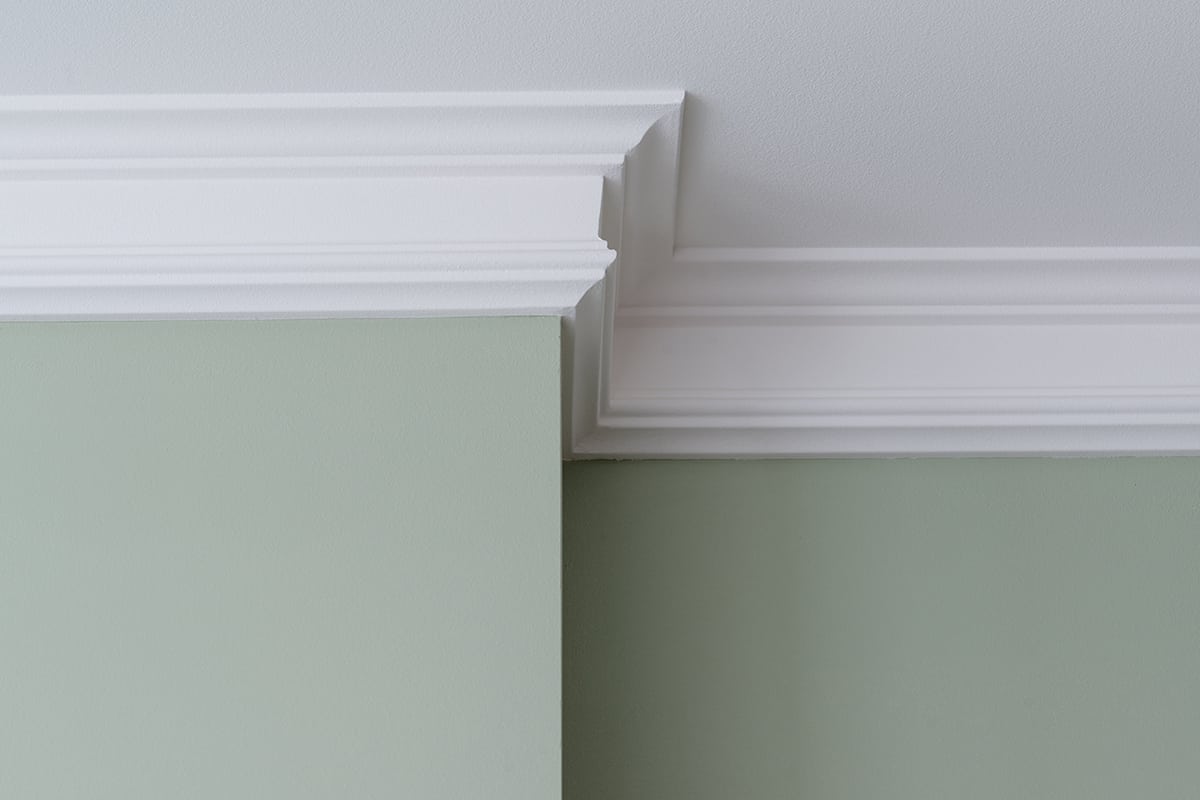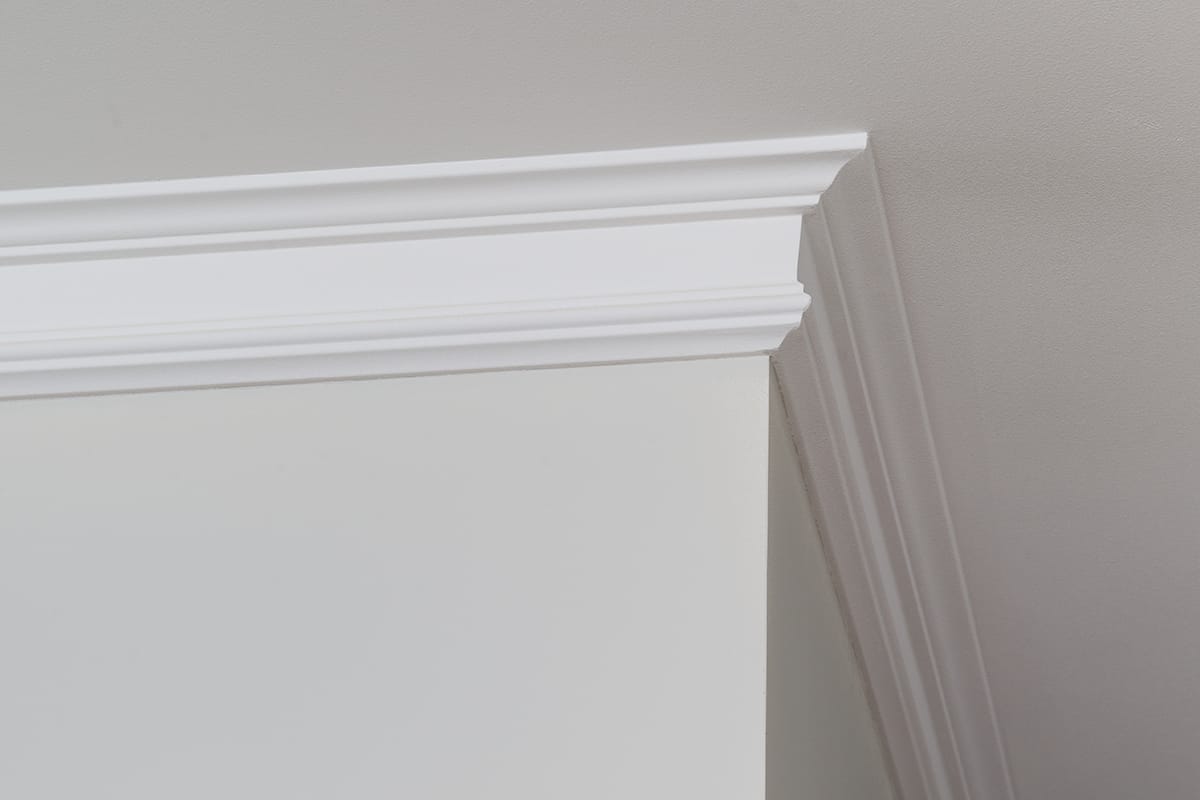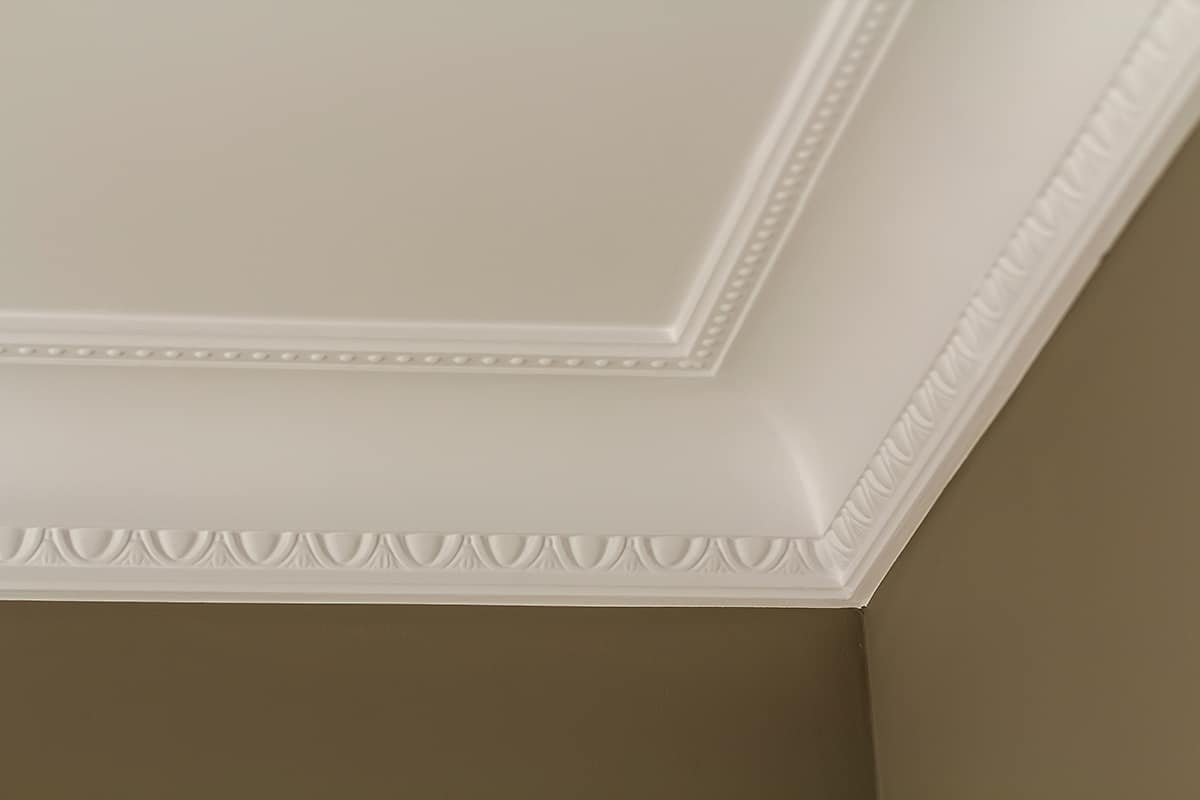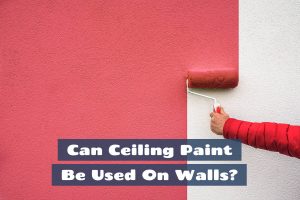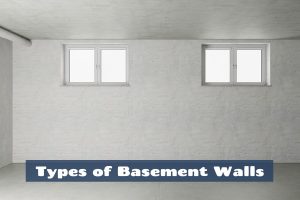If you have moved into a new home and want to put your own stamp on it, then painting your crown molding is one easy way to do this without having to repaint a whole room. Adding new crown molding to a room that doesn’t have any can also be a good way to add style and character.
But what is the best color to paint crown molding? Should it be the same color as the walls? The same color as the ceiling? Or an entirely different color altogether?
We look at the options in this article to help you understand which paint colors for crown molding work well in particular spaces.
Popular Crown Molding Colors
White
White is by far the most popular color for molding and for all types of trim in homes. It is thought of as a classic color that will compliment any decor style, and it is easy and inexpensive to get hold of.
However, you don’t have to fall in line and paint your molding white; there are many reasons why you might want your molding to stand out from the crowd.
Off-White
Various shades of off-white are also popular choices for molding paint. Shades such as ivory, cream, and vanilla are light colors that give a softer and more subtle feel compared with stark white.
These are good options for molding in many types of rooms and offer a palette that is inoffensive and easy to live with.
Dark Neutrals
Darker shades with neutral tones are a popular way to introduce drama into a room while still keeping a classic style. Consider charcoal gray, a muted navy blue, or a dark tan. Dark colors such as these can make a dramatic impact without being too overwhelming.
Factors to Consider
When considering which color to paint your crown molding, you will obviously want to think about your interior decor style and the type of look you are trying to achieve, but it is equally important to consider the size of your room and if there are any features within it that you want to emphasize or minimize.
Here we look at the way features in your room can affect how you decorate crown molding and how you can use it to achieve a particular style.
Low Ceilings
If your room has a low type of ceilings, like an attic, painting crown molding the same color as the walls can create the visual effect of making the walls seem taller, which in turn helps to disguise the fact that your ceilings are low.
By painting the crown molding in the same color as the walls, the eye line is extended upwards, giving the impression that the walls are several inches taller than they actually are.
If you are trying to detract attention from your low ceilings, then stay away from dark-colored molding paint. Painting molding in a dark shade will have the visual effect of pulling the ceilings downward and making them feel more oppressive.
You might expect that painting molding in the same color as the ceiling, which is generally white or off-white, would help to make the ceilings feel brighter and taller.
When we want to create a feeling of more space, we lean towards light and neutral colors; however, if you paint your molding the same color as the ceiling in a room with low ceilings, it will actually make the ceiling feel even lower.
This is because the ceiling and molding blend together, and the few inches of molding which is on the wall will appear to be part of the ceiling, making the walls even shorter than they already are.
Decorative Molding and Trim
If you have a home with ornate trim that you would like to make a feature of, then it should be painted in a color different from the walls. When you paint molding and the walls in the same color, it has the effect of blurring the lines between the two, and they blend into each other.
If you want to draw attention to your decorative molding and trim, then it should be painted in a different color to make it stand out.
If your walls are a dark color, then paint your molding and trim white or off-white, or for pale-colored walls, you could choose a darker shade for trim. It’s a good idea to keep the trim and molding the same color because it creates a cohesive look that is intentional and coordinated.
If your home has decorative molding that you aren’t a big fan of, you can paint it the same color as the walls to diminish its impact and minimize its presence. This is a visual trick that will help the molding to look like an extension of the walls rather than a feature in its own right.
Small Room
If you have a small room, then painting the molding the same color as the baseboard and the ceiling can help to make the space feel bigger. This is because the eye line will be drawn to the furthest corners of the room and make the ceiling appear larger than it is.
If your ceiling is white or off-white, then try to find a molding paint of a similar shade but not necessarily the same finish. Ceilings are generally painted in a flat finish, whereas molding to help a space feel bigger should have a satin or semi-gloss finish.
This will help the molding to reflect light and create the illusion of more space, and it will also make the molding easier to keep clean. In a small room, you should avoid painting the molding in a contrasting color to the walls because it will highlight the small dimensions of the space.
If you don’t want to go for white molding, then you can create a more tonal effect by choosing a molding color that is very pale with a hint of color, such as a pale gray or beige.
